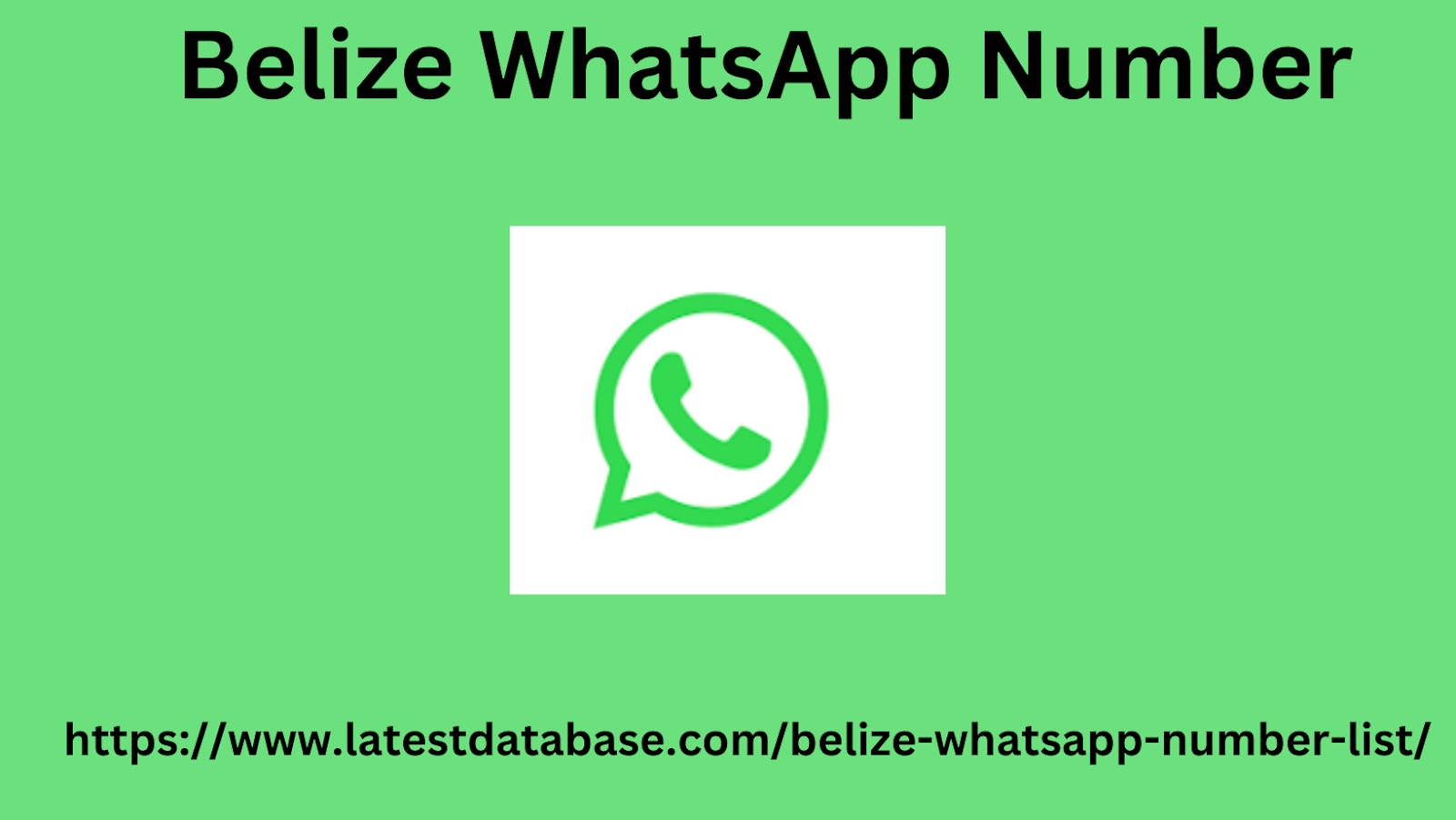|
|
Thanks to its success, Ocarina of Time is one of the few Zelda games to have spawned a direct sequel — 2000’s The Legend of Zelda Majora’s Mask, which was a markedly darker game with an apocalyptic premise. Of course, every subsequent Nintendo console has boasted its own incredible Zelda game. The GameCube (GCN) had 2002’s The Legend of Zelda The Wind Waker, a beautiful, cel-shaded game that provided Ocarina-style gameplay, while also having the player sail around the overworld. Link wields the Master Sword in Wind Waker.
Photo Courtesy NintendoThe Legend of Zelda Four Swords Adventure, which hit the Belize WhatsApp Number GCN in 2004, took a stab at multiplayer fun (alongside the The Legend of Zelda A Link to the Past & Four Swords, a Game Boy Advance title that debuted in 2002). In 2006, the grittier The Legend of Zelda Twilight Princess followed these more cartoonish games, releasing simultaneously on GCN and the Wii. Later in its life cycle, the Wii was home to 2011’s The Legend of Zelda Skyward Sword; instead of tacking on motion controls a la Twilight Princess.

Nintendo built Skyward Sword with the Wii’s motion control innovations in mind.Zant and his cronies enter Hyrule Castle’s throne room in Twilight Princess. Photo Courtesy NintendoAnd, of course, 2017 saw the series taking another bold, innovative step forward with Breath of the Wild, the franchise’s first truly open-world game that maximizes the player’s ability to explore an incredibly detailed and carve out their own narrative path. Starting with The Legend of Zelda Link’s Awakening in 1993, plenty of Zelda titles.
|
|